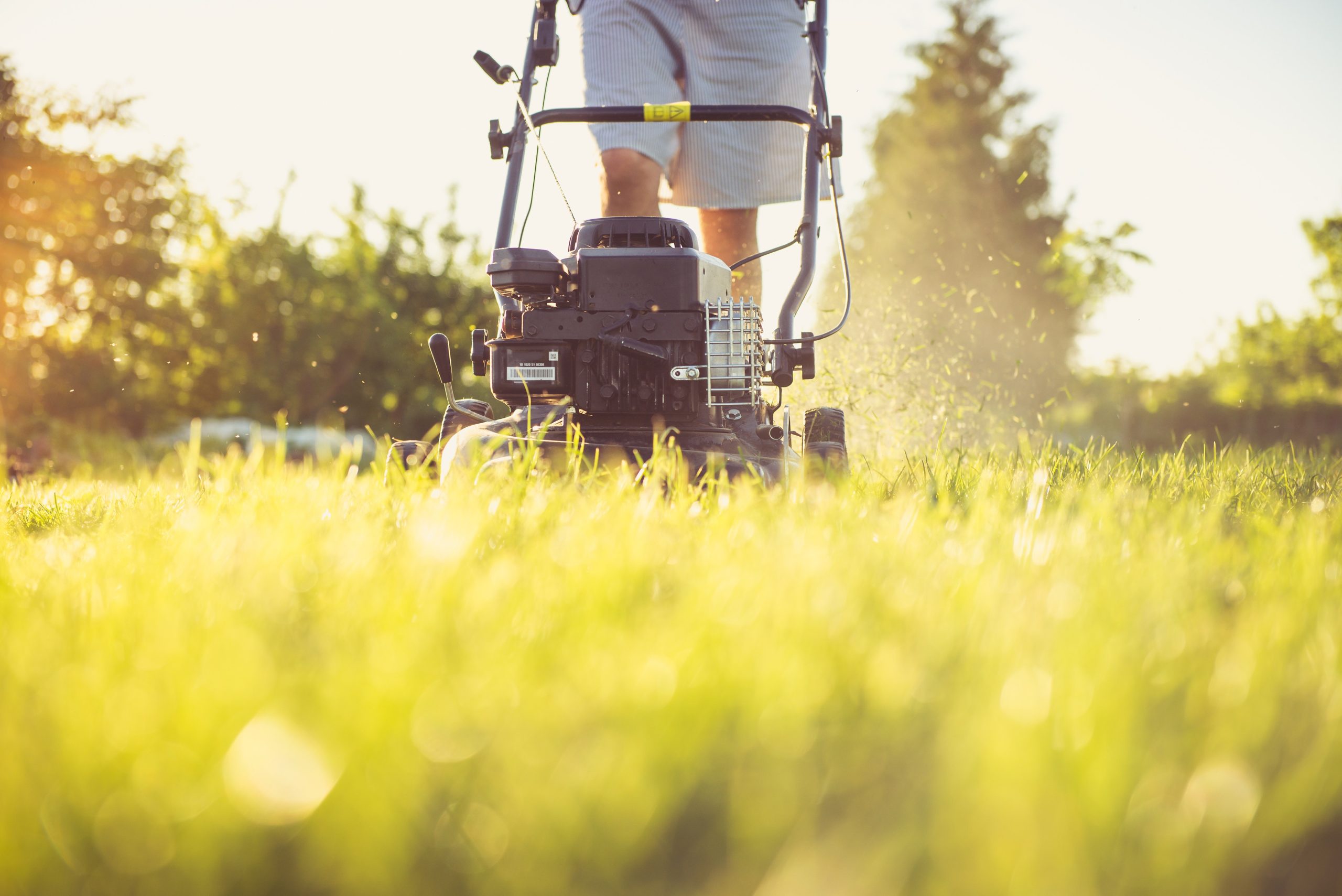A Complete Guide to Help You Understand Everything About Lawn Maintenance
Maintaining a lush, green lawn requires more than just mowing the grass once in a while. It demands regular care and attention to ensure its health and beauty. If you’re a homeowner or a passionate gardener looking to achieve a picture-perfect lawn, this complete guide to lawn maintenance is here to help you. From understanding soil health to mowing techniques and weed control, we’ll cover all the essential aspects that will assist you in achieving a vibrant and healthy lawn that will be the envy of your neighborhood.
Soil Testing and Analysis:
The foundation of a healthy lawn starts with understanding the soil it grows in. Conducting a soil test is crucial to determine its pH level, nutrient composition, and overall health. By sending a soil sample to a reputable laboratory, you can obtain a detailed analysis that will guide you in choosing the right fertilizers and amendments for your lawn.
Fertilization:
Once you have the soil analysis report, it’s time to feed your lawn with the necessary nutrients. Fertilization plays a vital role in promoting healthy growth and enhancing the lawn’s resistance to diseases and pests. Depending on the soil deficiencies identified in the analysis, select the appropriate fertilizer with the right balance of nitrogen, phosphorus, and potassium. Also, follow the recommended application rates and timings to ensure your lawn receives the nutrients it needs throughout the year.
Watering Techniques:
Proper watering is essential for maintaining a healthy lawn, but it’s often misunderstood. Many people tend to overwater their lawns, leading to shallow root growth and increased susceptibility to diseases. Understanding your grass type and its water requirements is crucial. You should also know that deep and infrequent watering encourages the roots to grow deeper, making the lawn more drought-tolerant. That being said, consider investing in a sprinkler system or using a soaker hose to ensure even distribution of water.
Mowing Practices:
Mowing is more than just trimming the grass. It directly affects the overall health and appearance of your lawn. So, make sure you set your mower at the recommended height for your grass species and avoid cutting more than one-third of the grass blade at a time. Regular mowing helps control weeds and encourages thicker growth. Additionally, remember to keep your mower blades sharp to prevent tearing the grass, which can make it susceptible to diseases.
Weed Control:
Weeds can quickly invade your lawn and rob it of nutrients, water, and sunlight. Effective weed control is essential for maintaining a pristine lawn. For example, implementing proper lawn care practices, such as regular mowing, watering, and fertilization, can help prevent weed growth. In case weeds do appear, identify the type of weed and choose the appropriate herbicide or opt for organic weed control methods like manual removal or using natural herbicides.
Aeration:
Over time, soil compaction can occur, making it difficult for the grassroots to receive adequate oxygen, water, and nutrients. Lawn aeration helps alleviate compaction by creating small holes in the soil, allowing air and water to penetrate deeply. This process enhances root growth and nutrient absorption. Depending on the lawn’s condition, choose between manual aeration with a handheld tool or mechanical aeration using a core aerator.
Disease and Pest Management:
Lawn diseases and pests can quickly turn a vibrant green carpet into a patchy, discolored mess. Regular inspection and early detection are key to effective disease and pest management. Keep an eye out for signs of discoloration, wilting, or unusual growth patterns. Depending on the issue, choose appropriate disease-resistant grass varieties, practice good sanitation, and consider using organic or chemical treatments when necessary.
In conclusion, maintaining a beautiful and healthy lawn requires a combination of proper soil analysis, fertilization, watering techniques, mowing practices, weed control, aeration, and disease and pest management. By following the guidelines outlined in this guide, you’ll have the knowledge and tools necessary to transform your lawn into a lush and vibrant landscape. Remember, consistency and dedication are key. With regular care and attention, you’ll be able to enjoy a stunning lawn that enhances the beauty of your home and provides a space for relaxation and enjoyment. So, put your newfound knowledge into practice, and watch your lawn thrive!


